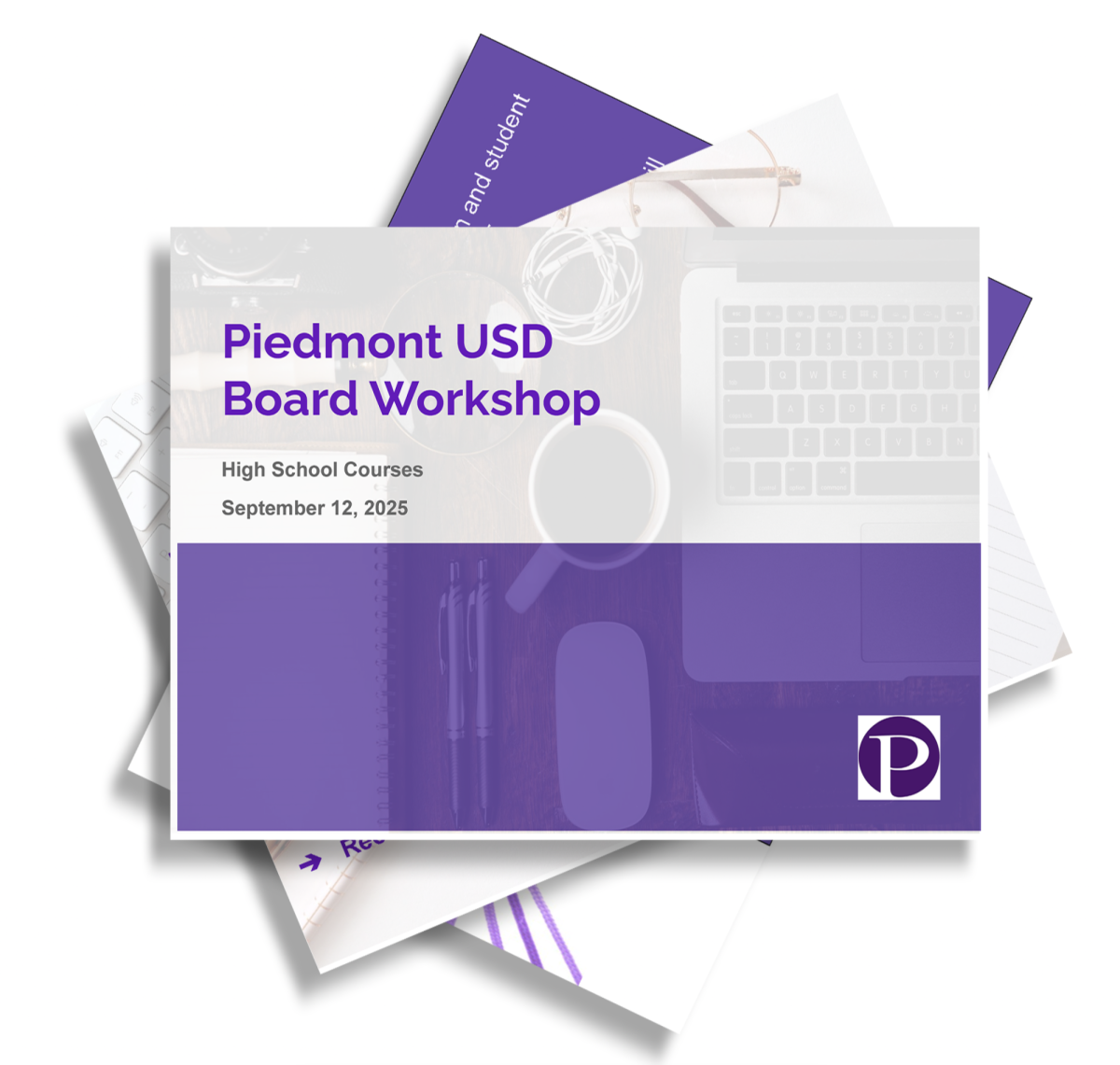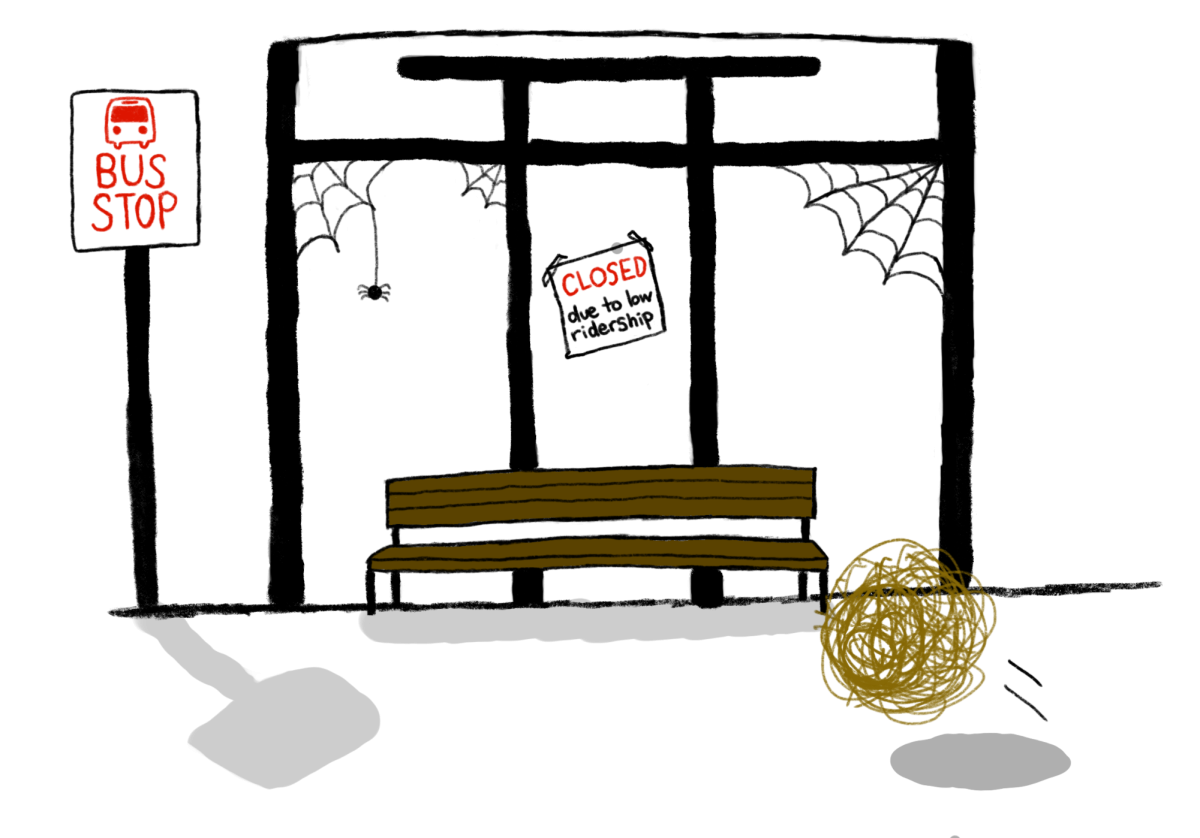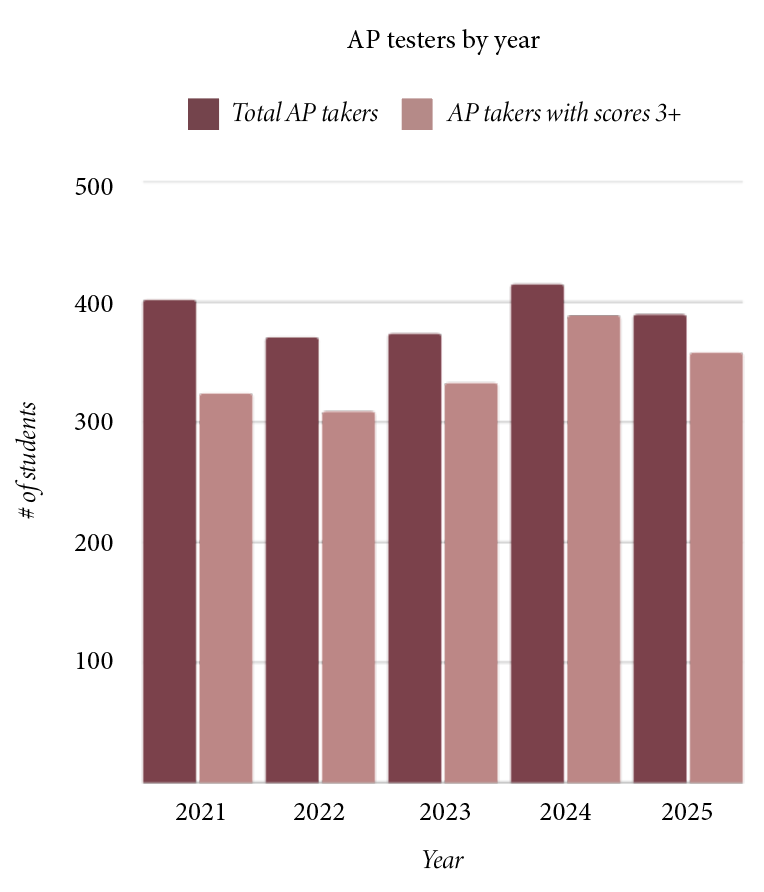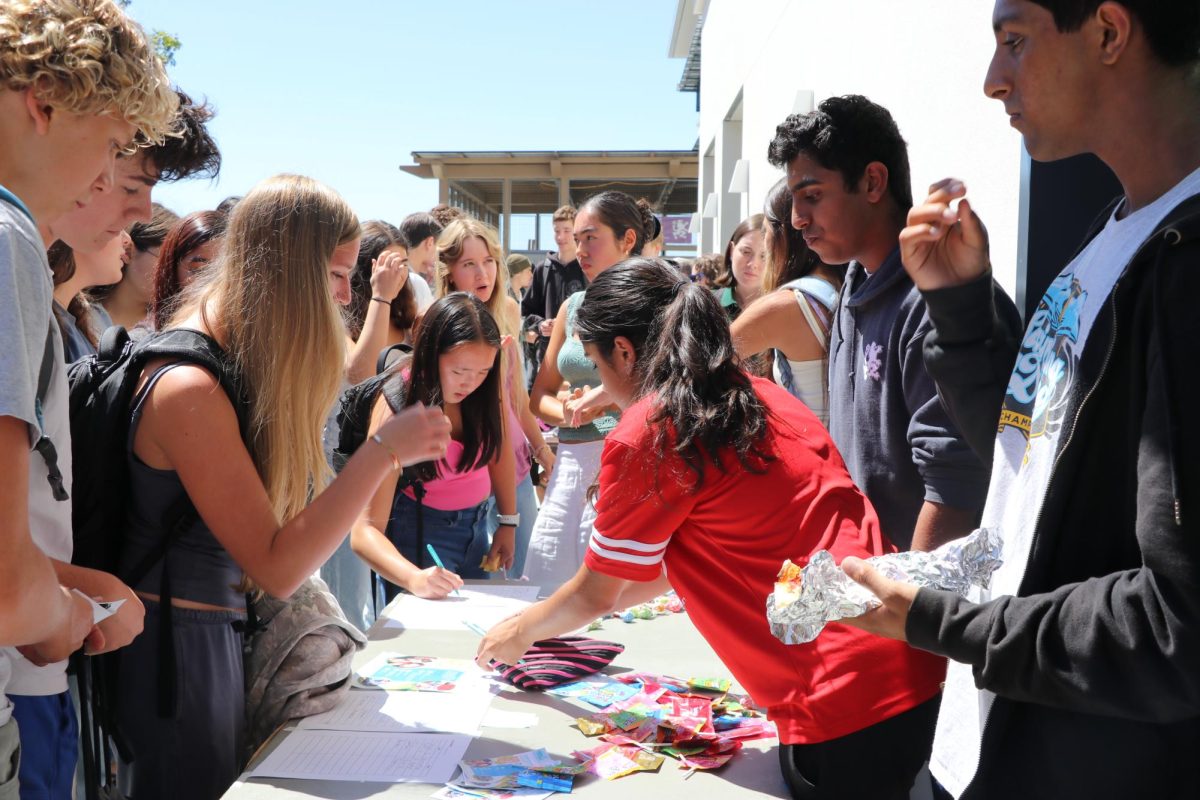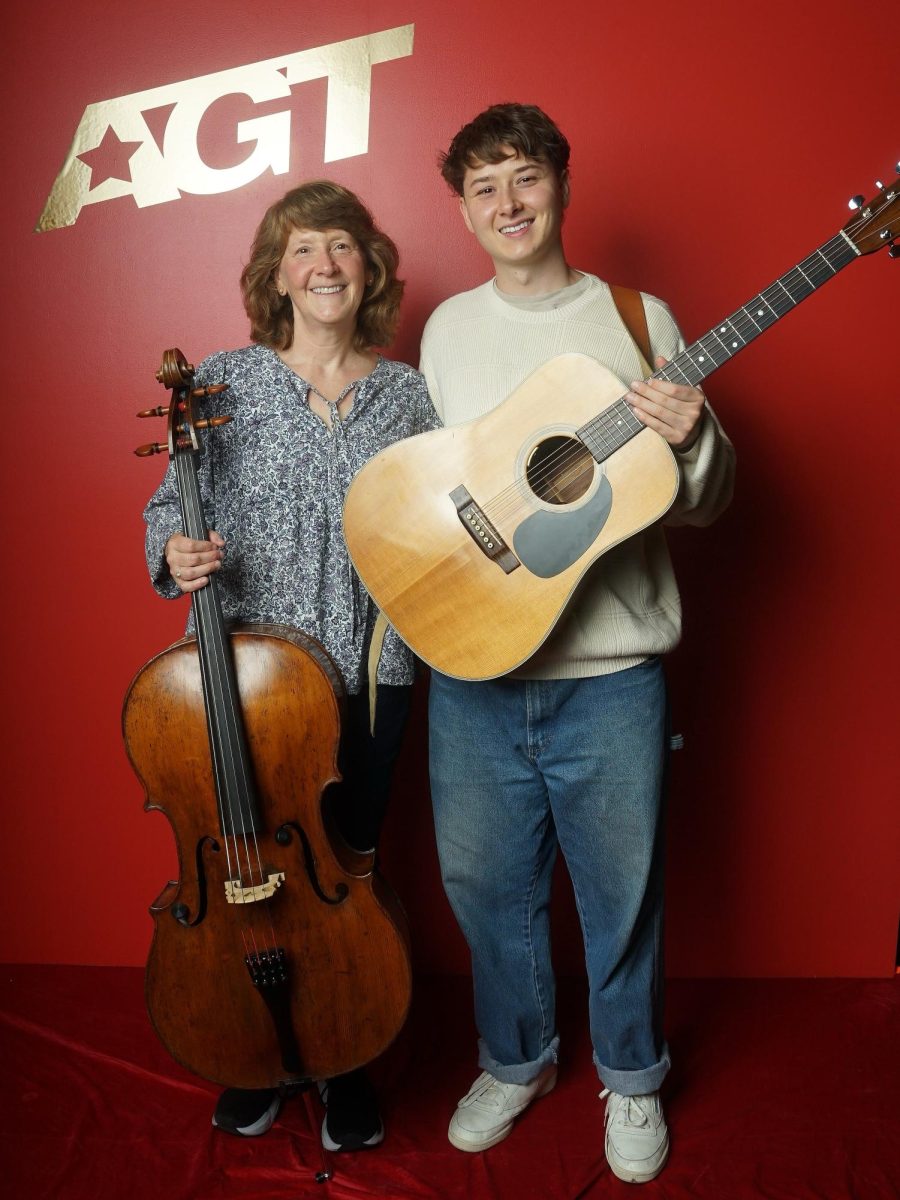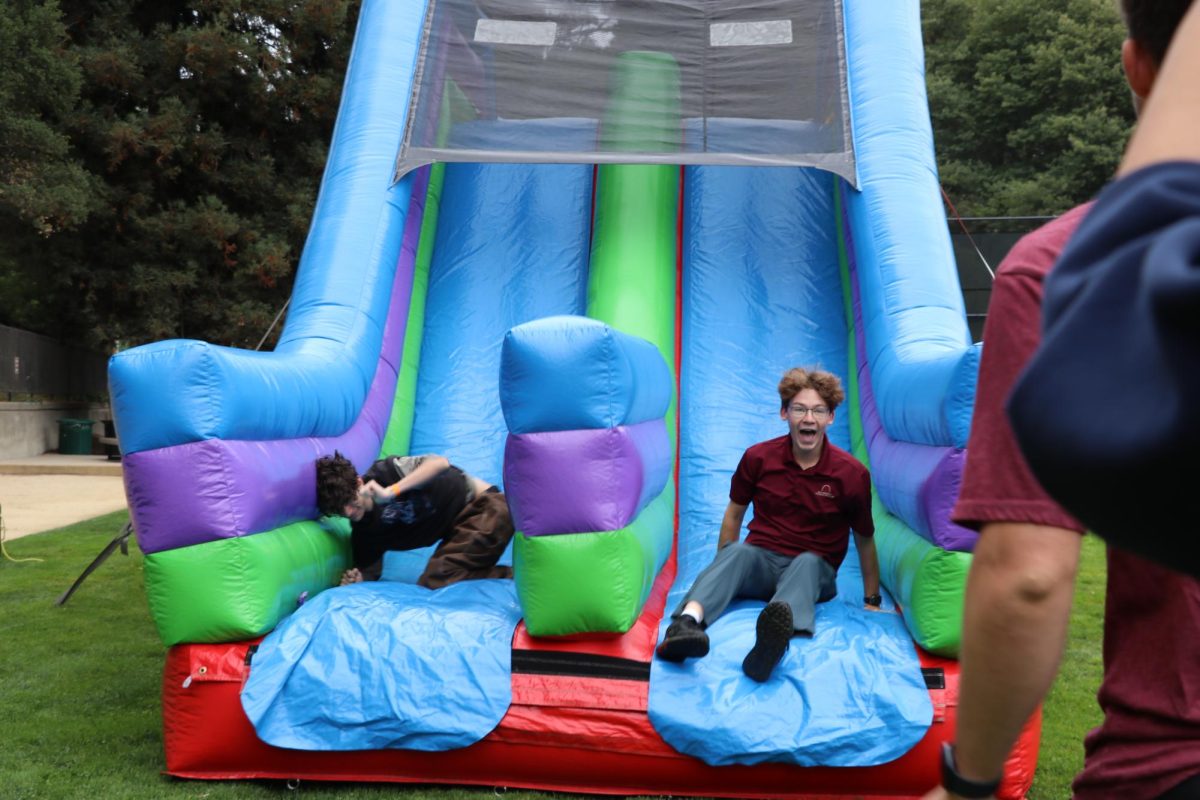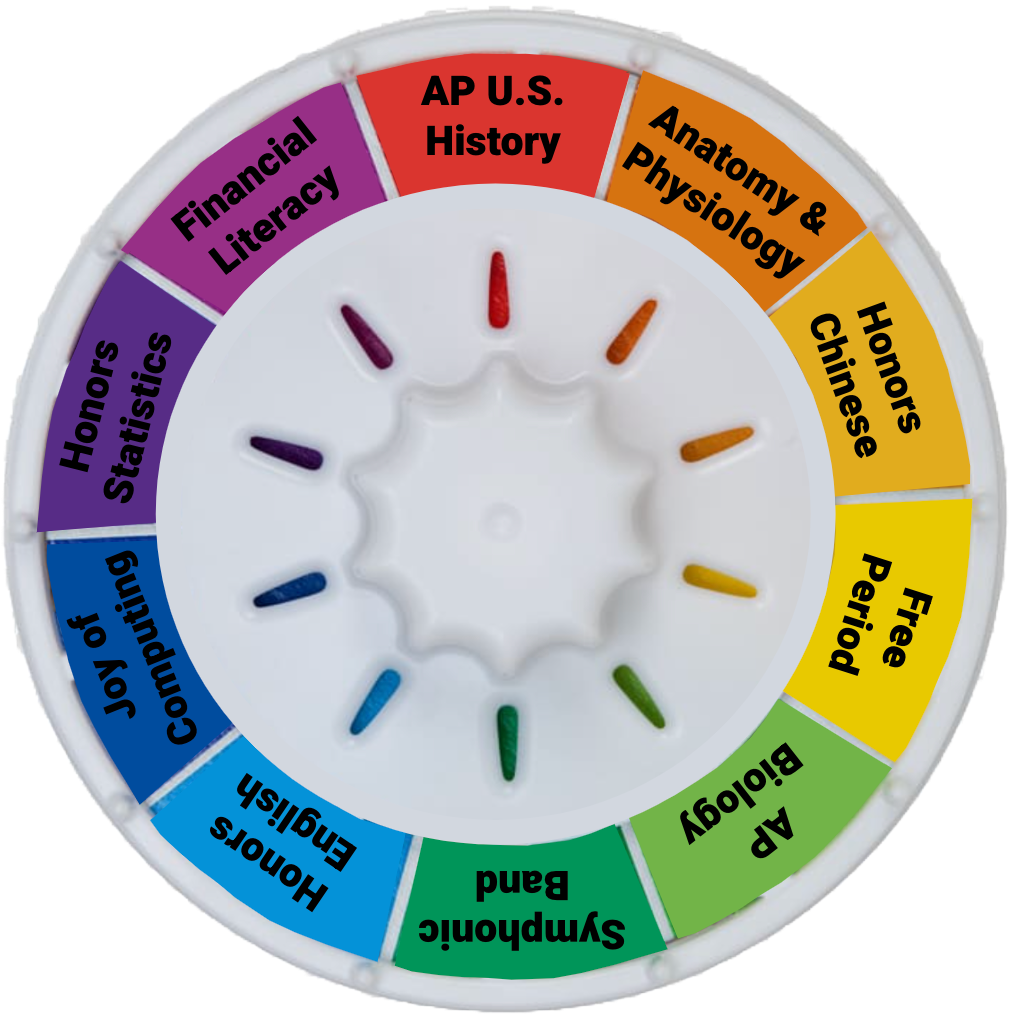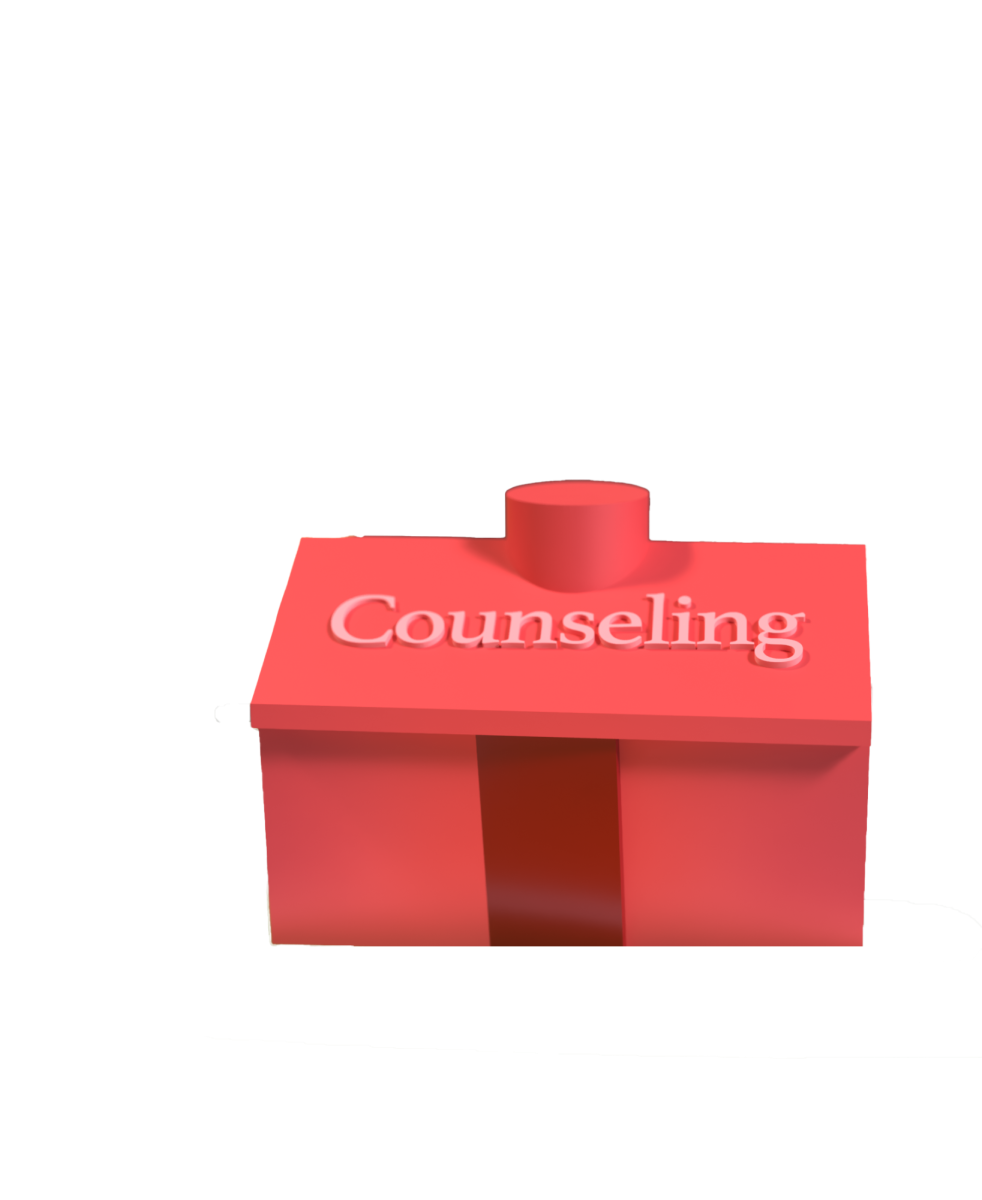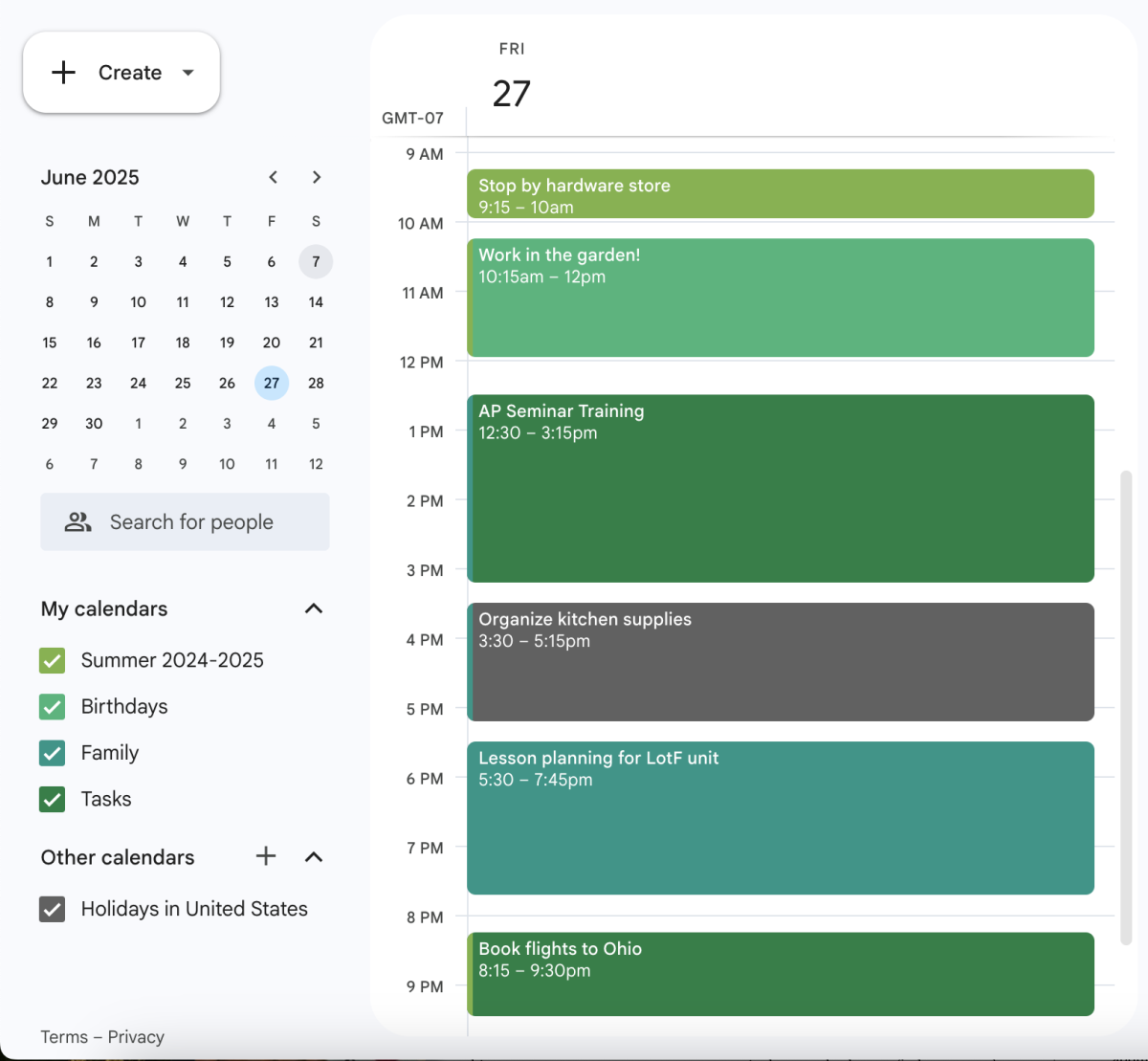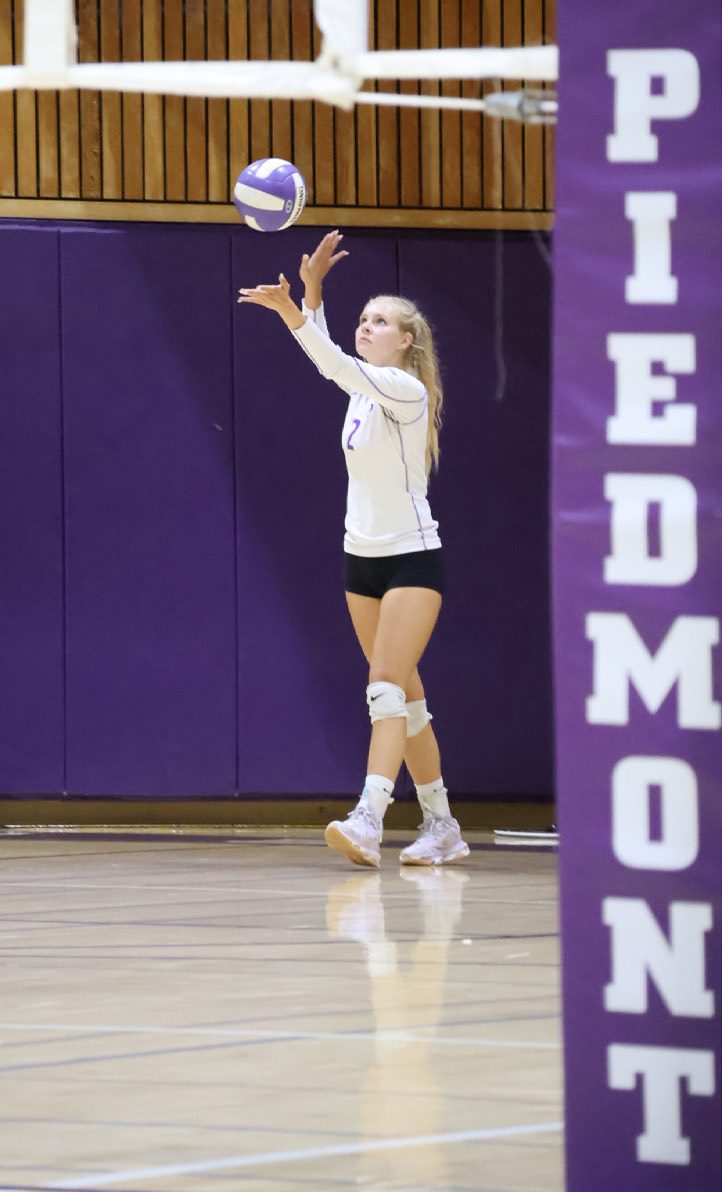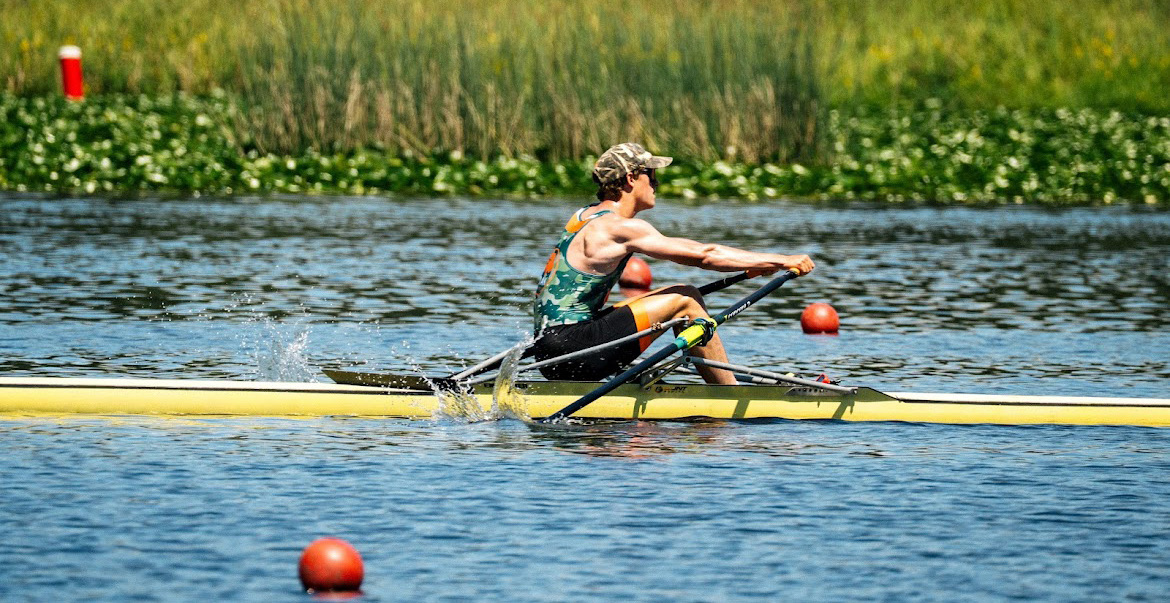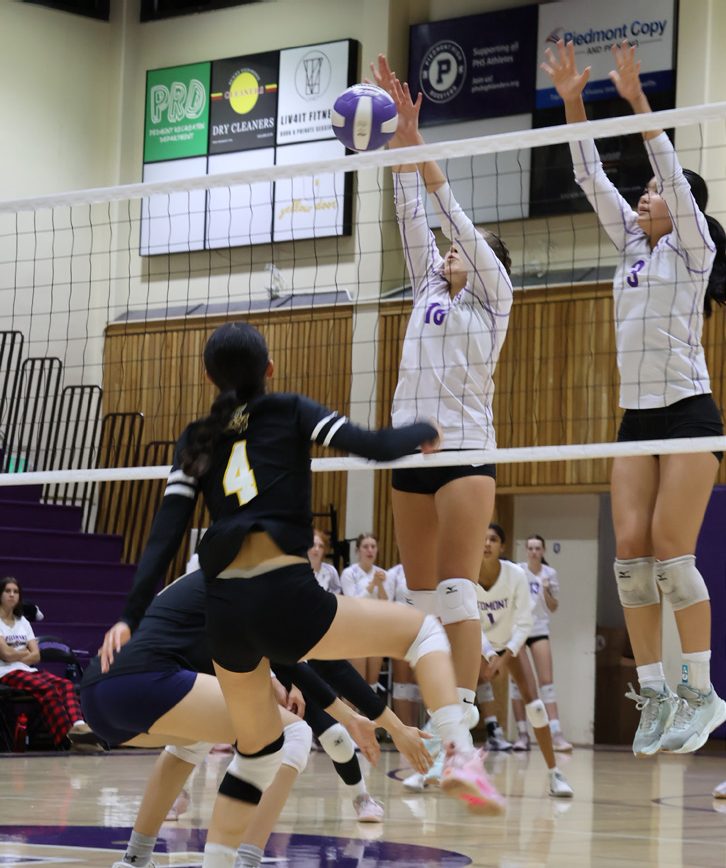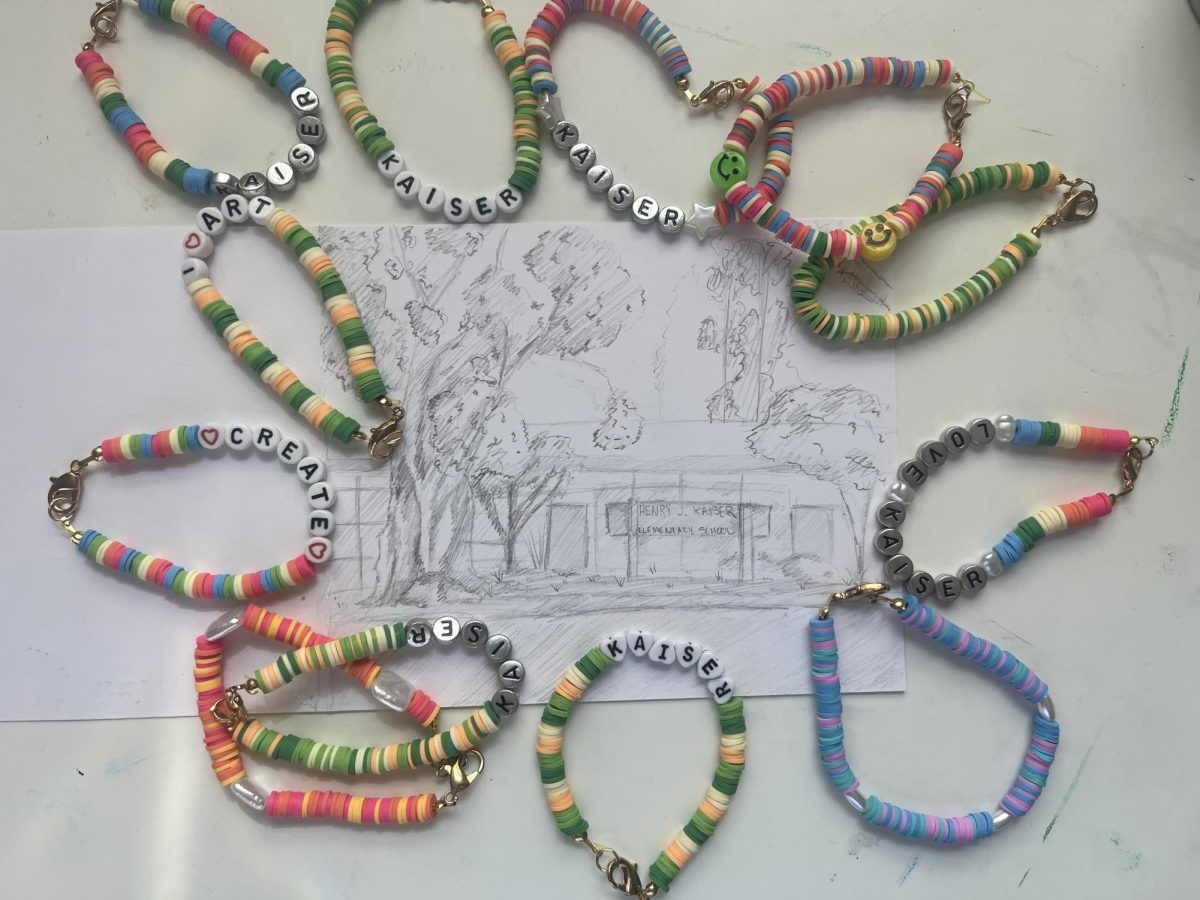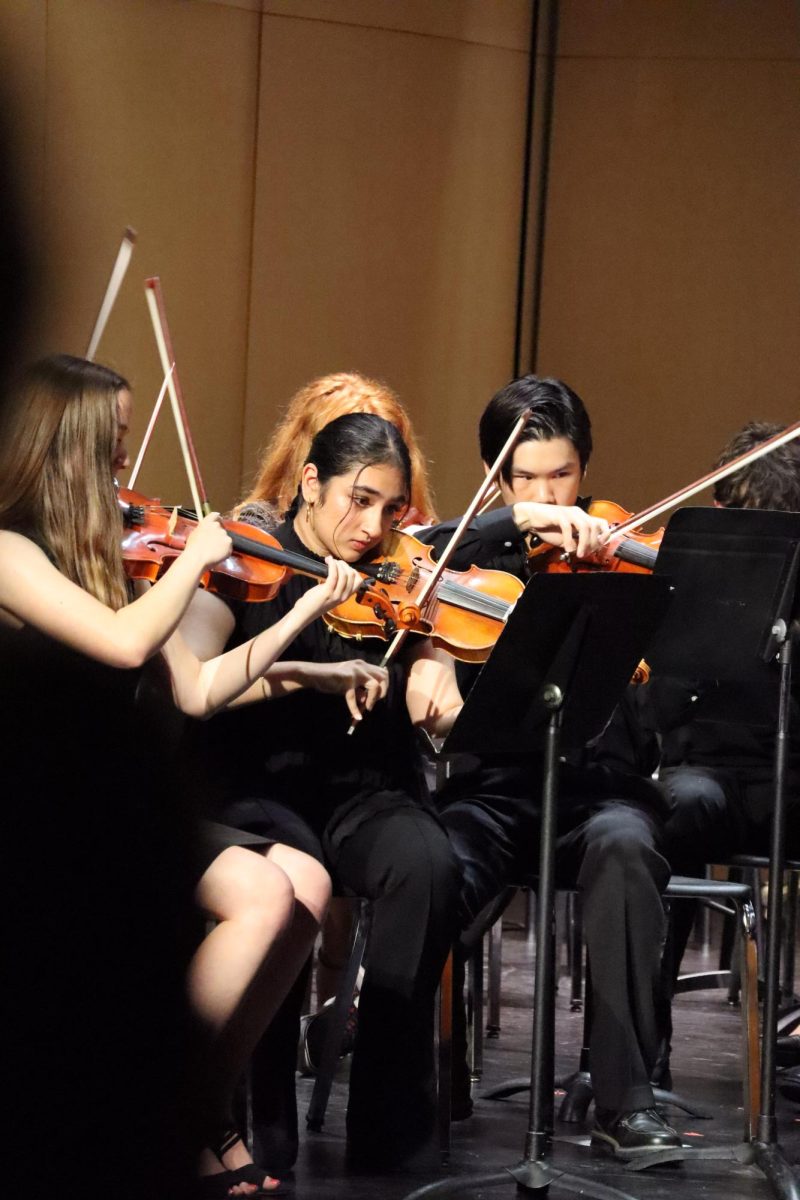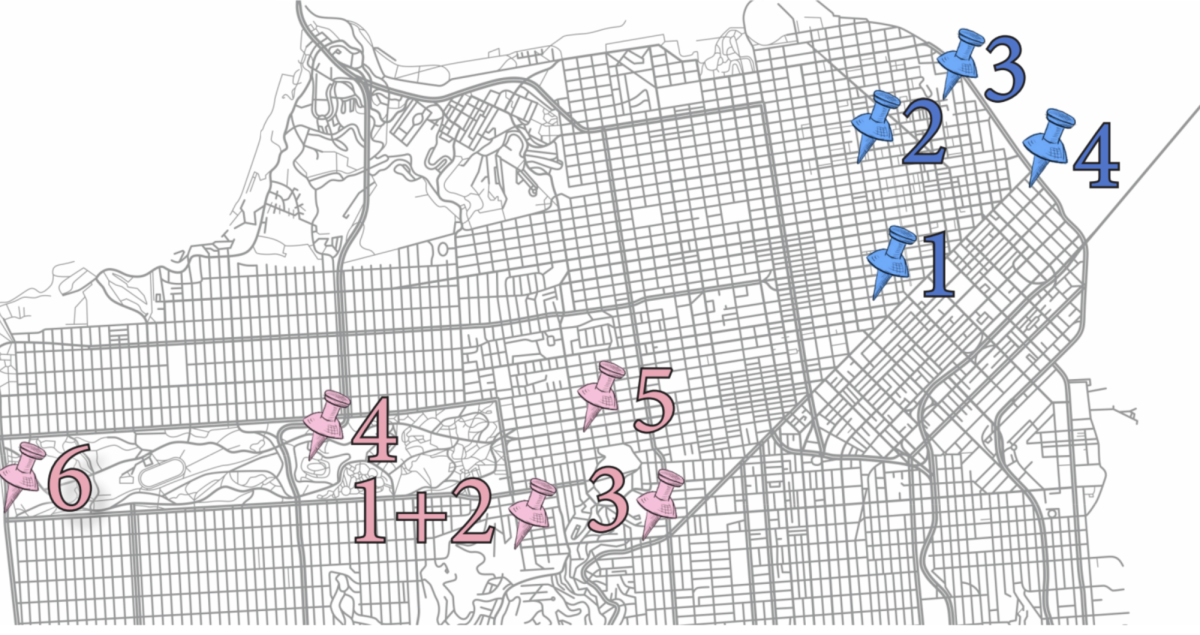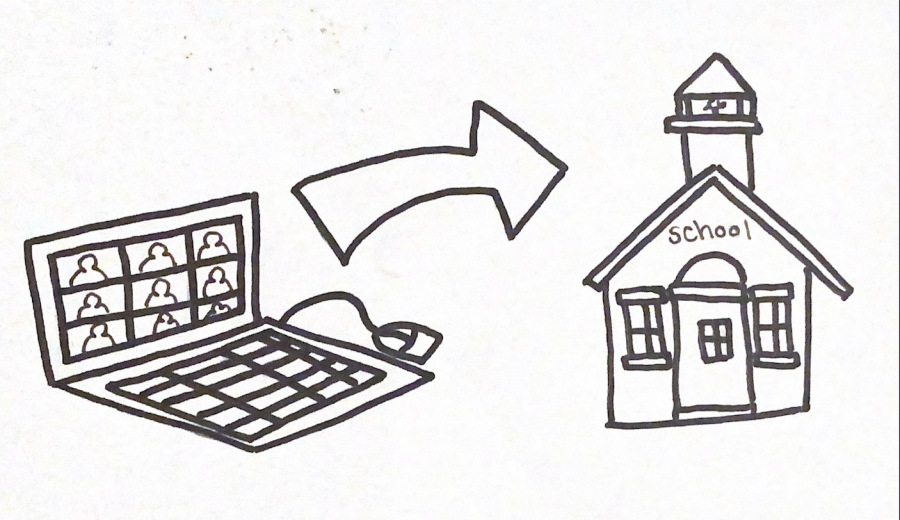
The first day of school came in the middle of March this year. After over a year since deserting campus, many students and teachers are taking their first steps back into their old classrooms. Students are dusting off their old backpacks and walking that all-too-familiar path back to school.
According to the Board of Education meeting on Monday, Feb. 8, 83% of PHS students have requested to return to school with a hybrid schedule. It is clear that many students are eager to come back to campus and want hybrid learning to work. We know that hybrid learning will not be perfect, but we see ways to help it run more smoothly.
The purpose of hybrid learning is to get students back in the classroom, engaging with their teachers and peers. This in-person interaction is what distance learning lacked; so although students will continue to stare at Google Meet screens in the classroom, it is critical to focus on the social interaction component to keep students engaged and ready to learn.
When students are in the classroom, we encourage teachers to fully take advantage of this time for highly immersive activities rather than for isolated activities such as testing. We know that testing has been difficult in distance learning due to technology and cheating problems, but we believe that these issues will only worsen if in-person class time is spent administering tests. The hybrid learning schedule only allows students to physically meet with each class only once every two weeks. This makes this hour-and-15 minute period extremely valuable for face-to-face interaction, which could be in the form of group projects, discussions, labs, and question-and-answer time with teachers.
In addition, we worry about the completely different environments students are in while taking tests. Hybrid learning students may revert back to the traditional test-taking methods, but distance learning students will continue to have access to notes, creating a rift between the two groups. Furthermore, if a test falls on a day that Group A is in the classroom, Group B will have to wait until their in-person day to take the test, forcing teachers to split their class between those being assessed and those learning new material. This would be extremely difficult for teachers to balance. It is essential to keep the testing system consistent between the groups.
Once more, teachers have been asked to turn around their lesson plans, and it is nowhere near easy to have to pivot to a completely new system in the last few months of the school year. Many teachers have already had to cut down lessons or cut out entire units due to the fewer minutes of instruction time this year. Now, with in-person learning starting, this time has become even more precious as teachers must carefully determine what to do with each period while maintaining a balance with fully distanced students.
Although hybrid learning brings us one step closer to full instruction, school is still not the same as it was a year ago (neither is the world). Classrooms are half full, masks muffle our words, and we are all a little less close than we were before. While only a few more months remain in the school year, students and teachers returning to campus can use this time as an opportunity to build connections.

